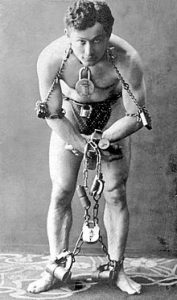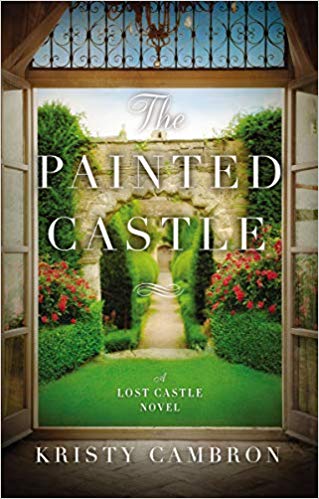 The Painted Castle (Lost Castle #3) by Kristy Cambron
The Painted Castle (Lost Castle #3) by Kristy Cambron Format: eARC
Source: supplied by publisher via NetGalley
Formats available: paperback, large print, ebook, audiobook
Genres: historical fiction, timeslip fiction
Series: Lost Castle #3
Pages: 400
Published by Thomas Nelson on October 15, 2019
Purchasing Info: Author's Website, Publisher's Website, Amazon, Barnes & Noble, Kobo, Bookshop.org
Goodreads
Bestselling author Kristy Cambron concludes the Lost Castle novels with this sweeping tale of art and secrets long buried in England.
It was supposed to be a one-week job: survey an art find, collect a hefty fee, and use that to settle historian Kiera Foley’s life back into balance. But from the moment she sets foot in the East Suffolk countryside, the mysteries surrounding the old English manor and the enigmatic art thief who’s employed her stir more questions than answers. Then, Kiera finds the existence of a portrait captivating enough to upend all of her expectations. This one could be a twin—a painting so close in composition to a known masterpiece, it may be rendered priceless if it truly captured the likeness of a young Queen named Victoria.
Set in three time periods—the rapid change of Victorian England, the tumultuous skies over England’s eastern shores in WWII, and modern day—The Painted Castle unfolds a legacy of faith, family, and stories that are generations in the making.
My Review:
The Painted Castle is a charming and entrancing time slip story – and this reader was so completely entranced that I finished it on one single rainy afternoon.
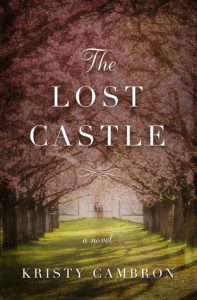 Like the previous books in this series, The Lost Castle and Castle on the Rise, the story is set in three distinct time periods. In this particular castle, the 1840s, the 1940s and the present. What links the three time periods in this story is a portrait. And a secret. And a secret about the portrait.
Like the previous books in this series, The Lost Castle and Castle on the Rise, the story is set in three distinct time periods. In this particular castle, the 1840s, the 1940s and the present. What links the three time periods in this story is a portrait. And a secret. And a secret about the portrait.
In the present day, disgraced art expert Keira Foley is back in Dublin working in the family pub, after her disaster-at-love derailed her career. And it’s there that suspected art thief Emory Scott tracks her down. Scott has a project that he believes is right up her alley – and will provide her with professional vindication as well.
He’s in charge of the restoration of Parham Hill Estate in Suffolk, and he has a portrait that he needs Keira to identify and authenticate. It’s a portrait of Queen Victoria, and it looks like a companion piece to the famous “secret picture” painted by famed portrait artist Franz Xavier Winterhalter in the 1840s. The portrait shows a young, newly married Victoria, with her hair down, looking as if she is thinking rather wicked thoughts about her new husband.
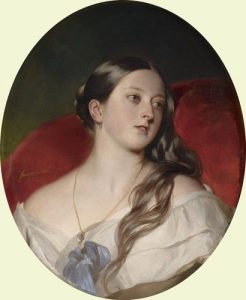
Speculation about the existence of such a picture formed a piece of what crashed Keira’s professional career. The personal crash was something else altogether. But determining whether this portrait is what it appears to be is an inducement guaranteed to bring Keira to Parham Hill – where the long-shuttered estate casts its own spell on both Keira and Emory – whatever their initial thoughts on the matter – or each other.
As they research the history of the estate, the past they discover comes alive through chapters revolving around the actual painting of that portrait – and the circumstances that brought Winterhalter’s surprising apprentice to the notice of the Queen.
Alongside the chapters in the 1840s, the portrait of the artist as a young woman, readers are also treated to a later and much more recent chapter in the estate’s – and the portrait’s – history. In the 1940s, during WWII and the repeated German bombings of London and the English countryside, the young widow of the last owner of the Estate is doing her level best to keep body and soul together, not just for herself and the estate, but for a host of children sent to the country for safety – and two German-Jewish orphans smuggled out of their homeland after Kristallnacht.
When the nearby U.S. Airbase requisitions the use of Parham HIll for quarters for excess officers, Parham HIll and its lady, Amelia Wood, open their doors and their hearts. Particularly to one American officer who captures her heart – in spite of how deeply, painfully inadvisable it is to build even friendships that can be taken away in the blink of an eye – or the drop of a bomb.
It is in the 1840s that the portrait is painted, in the 1940s that it is hidden, and in the here and now that it is brought to light. Churning up secrets and lives every step of the way.
Escape Rating A-: I picked up The Painted Castle because I really enjoyed The Lost Castle – and was surprised by how much I did enjoy it. I was expecting more of the same with The Painted Castle and I was definitely NOT disappointed. At all.
That being said, I don’t think one absolutely HAS to read the first two books in order to get into the third. There are links, but they are all in the present and add depth without having the story dependent on having read the previous. Particularly as the link in the present is between Keira and her two brothers, while the important storyline in each book is the link between the women in the three separate time periods.
What makes the interlinked stories so interesting is that all the stories are impacted, in one way or another, by great change. In the 1840s it was the Industrial Revolution – which does impact that part of the story, although not in the way that the reader, or the heroine of that period, initially believes.
The upheaval of the World War II era is obvious, even on the home front.
And then there’s the now, where both Keira’s and Emory’s lives are more than a bit of a mess – as is the neglected estate they are investigating and renovating. And change always stirs up plenty of the elements that make a great story. In this particular case, not one but three.
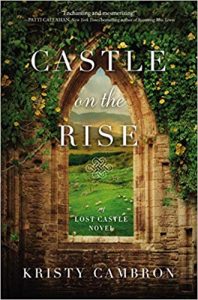 I think it’s the World War II story that had the greatest depth – or at least it’s the one that pulled at my heartstrings the strongest. But all three have their tragedies – and their triumphs.
I think it’s the World War II story that had the greatest depth – or at least it’s the one that pulled at my heartstrings the strongest. But all three have their tragedies – and their triumphs.
My rainy afternoon in The Painted Castle was VERY well spent. So well spent that the middle book in this series, Castle on the Rise, which I have not read – YET – has moved up a whole bunch of slots in the towering TBR piles. The first book in this trilogy, The Lost Castle, was lovely, and so is this entry in the series. I expect great things from that second book and am looking forward to the reading treat some rainy afternoon – soon.


 The Lost Castle (The Lost Castle #1) by
The Lost Castle (The Lost Castle #1) by 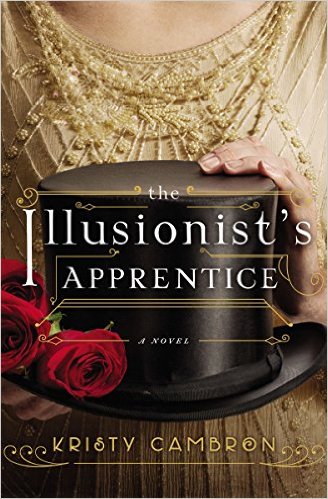 The Illusionist's Apprentice by
The Illusionist's Apprentice by 